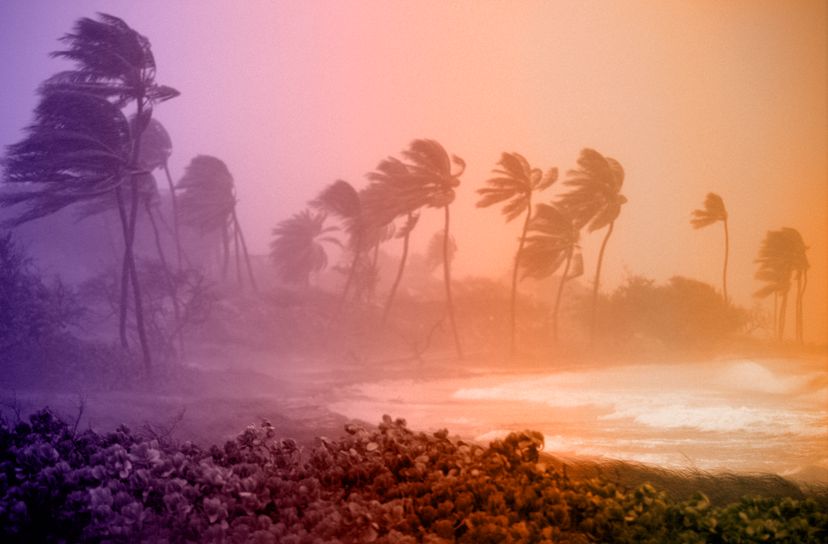Tropical cyclones, the precursors to hurricanes, develop under certain conditions and progress through various stages before reaching their maximum intensity. The Saffir-Simpson Hurricane Wind Scale measures the strength of a hurricane based on its maximum sustained winds, with Category 4 hurricanes possessing wind speeds between 130 and 156 miles per hour.
When a tropical storm sustains winds of 74 mph, it is classified as a hurricane. The National Hurricane Center assigns a name to a tropical storm that sustains tropical storm-force winds of 39 mph for 10 minutes.
Understanding the formation and progression of hurricanes is essential for predicting their potential impact and preparing for their arrival.
Tropical Storm Development
Tropical storms typically begin as tropical waves or low-pressure areas that traverse the humidity-abundant tropics. For the formation of tropical storms, surface sea temperatures of at least 26.5oC are necessary within the latitudinal range of 5o to 30o north and south of the equator. During such conditions, it is essential to stay informed and follow any tropical storm watch issued by meteorological authorities.
As warm, moist air rises and is replaced by cooler air, an area of low pressure forms, causing the winds to spin and the storm to grow. Tropical storms can result in flooding, strong winds, and storm surge, which can lead to property damage and fatalities.
Dangerous Winds and Sustained Winds
Category 4 hurricanes are characterized by their dangerous winds, with sustained speeds ranging from 130 to 156 miles per hour. Dangerous winds are those capable of inflicting damage or presenting a risk to life and property, generally sustained at speeds above 58 mph or accompanied by frequent wind gusts above 58 mph.
The potential for destruction associated with Category 4 hurricanes is considerable due to their high wind speeds and accompanying storm surge. These storms can result in extensive damage to buildings, infrastructure, and vegetation, as well as flooding and power outages.
The Path to Category 4
To attain Category 4 hurricane status, a storm must undergo rapid intensification and maintain sustained wind speeds of 130-156 mph. Factors that contribute to the intensification of a hurricane include warm ocean temperatures, low wind shear, and high humidity.
The trajectory of a Category 4 hurricane is determined by atmospheric conditions and other factors. As climate change continues to impact our planet, understanding how these factors affect the formation and intensification of hurricanes is crucial in predicting and preparing for these devastating storms.
